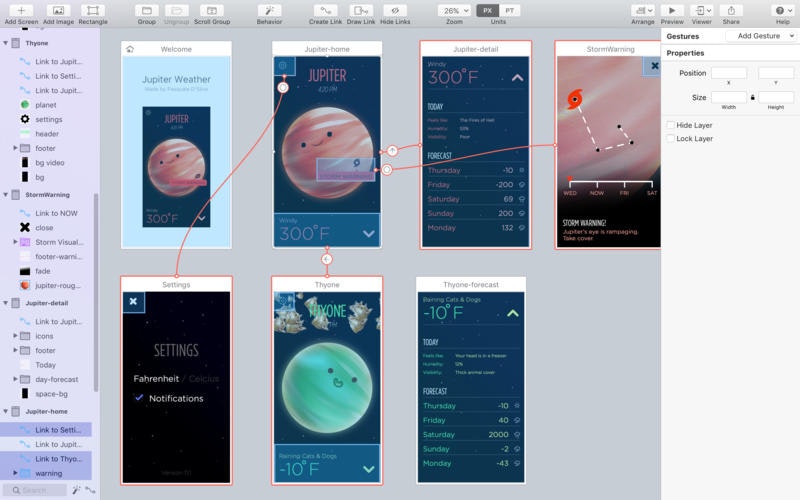

As a result, Adobe XD is among the best prototyping tools and is commonly compared to a number of them. Therefore, new features come up daily to improve and quicken the design process.
INVISION VS FLINTO WINDOWS
Accordingly, Adobe XD creates interactive prototypes and facilitates the sharing of work between team members thus, one can quickly receive feedback.Īnother essential aspect of Adobe XD is that it works across Windows and Mac. Adobe XD comes with a robust feature, Adobe Creative Cloud, which ensures you perform all your prototyping processes using a single platform.

INVISION VS FLINTO PROFESSIONAL
If you are up for brainstorming, wireframing, creating mockups, and professional user interface designs, then go for Adobe XD.

Adobe XD InVision are two different tools that are used in prototyping. For instance, how interactive is the product to the user, how does the product appears to the user, and how easy it is for the user to utilize the process and achieve desired results. Typically, User Experience (UX) points out all interactions that a user has with either a product or service while User Interface (UI) examines any element that fashions the experience. What is the purpose behind prototyping for you? Clients? Day job? Fun? Ultimately your job is to solve problems, not create flashy interactions because they look cool or it's trendy.Adobe InVision is a tool that is utilized to implement UX/UI designs. AE certainly has its place, but it's not for interaction design. Stick to tools like Flinto/Principle/Framer which are going to give you realistic results and don't have a massive learning curve. This has always been a problem with Dribbble and isn't unique to motion design. Motion certainly has a place in design but many of these Dribbble shots take it to an extreme for the sake of doing something pretty. It creates unrealistic expectations for anyone new to this kind of work. Most teams and especially clients are not actually implementing anything to that degree as that would be extremely difficult to do without having a super slow/clunky app, and forget mobile web. I'd say 90% of this flashy animated interaction work is simply to get up-votes/jobs on Dribble and nothing more (it's very hard to find anything that looks like what you posted and is actually live on an app store or the web). ouch).Īs others have said, this is a problem with Dribbble in general. (except that you may be forced to use the rest of Adobe Creative Suite too. I find Origami's approach through a visual logic language refreshing, easier to parse (as a visual thinker) and really satisfying to use.Īll the same, I agree with many here that AE is hugely powerful and you can't go too far wrong learning it.
INVISION VS FLINTO CODE
I've tried Framer several times in the past but I suck at Javascript and end up being buried in code I don't really understand. If you want fine-grained control over all aspects of your prototype (and you do, don't you?), either Origami or Framer are your best bets, IMHO. Unlike AE you can create tangible, on-device prototypes that you can use in your hands, and there's a lot to be said for that as opposed to staging things on a timeline. Plenty of examples/documentation and a very helpful community on Facebook too. The team at Facebook are doing a fantastic job of taking this forward and continue to provide easy to use, pre-built components for standard elements in iOS & Android. The learning curve is quite steep, but persevere and you will reap the benefits of a hugely versatile tool. I'm always surprised in these threads when no-one mentions Origami ( sign). I think that designers are less likely to engage in these indulgences if they have to endure them a couple of times when actually using their prototypes rather than just envisioning the interaction through video. Things like pressing a button and waiting a few seconds for a very nice looking, cumbersome animation to complete. I think that divorcing the animations and transitions from actual interactions encourages designers to build beautiful, slow interfaces. My hesitation with After Effects is that having no limits in what you can do encourages designers to build motion comps that would be very difficult to produce with heavy performance costs to implement, a good example of this being motion blur, which is generally impossible with basic layout technologies like CSS, or UI Views, and to create requires manually calculating and rendering a motion blur in Canvas, or with animation specific toolkits on native devices. IMO, I think you should prototype in tools that are closer to what the final output would be, and for that I think that a prototyping tool like Flinto fits the bill.


 0 kommentar(er)
0 kommentar(er)
